As amusement parks continue to expand and evolve, the use of artificial dinosaurs has become increasingly popular among park designers and operators. These life-sized replicas of prehistoric creatures offer a unique and thrilling experience for park-goers, and their presence has become a staple in many amusement parks around the world. But why are artificial dinosaurs so important in amusement parks?
First and foremost, artificial dinosaurs add an element of excitement and wonder to the park experience. They create a sense of adventure and transport visitors to a time long ago, when these creatures roamed the earth. The sight of a towering T-Rex or a graceful Triceratops can ignite the imagination and create lasting memories for park-goers of all ages.
Furthermore, artificial dinosaurs serve an important educational purpose. By incorporating these prehistoric creatures into the park experience, visitors can learn about the different species of dinosaurs, their habits, and their habitats. Many parks offer interactive exhibits and educational materials that teach visitors about the science and history of these fascinating creatures, sparking an interest in paleontology and science among children and adults alike.
Finally, the use of artificial dinosaurs in amusement parks is a testament to the power of technology and innovation. The design and construction of these creatures requires a high level of skill and creativity, pushing the boundaries of what is possible in the world of animatronics and special effects. The result is a truly immersive experience that captures the imagination and creates a sense of awe and wonder.
In conclusion, artificial dinosaurs play an important role in the amusement park experience. They offer a unique and thrilling experience for visitors, educate them about prehistoric creatures, and showcase the power of technology and innovation. As amusement parks continue to evolve and grow, the use of artificial dinosaurs is sure to remain an important and beloved feature of the park landscape.

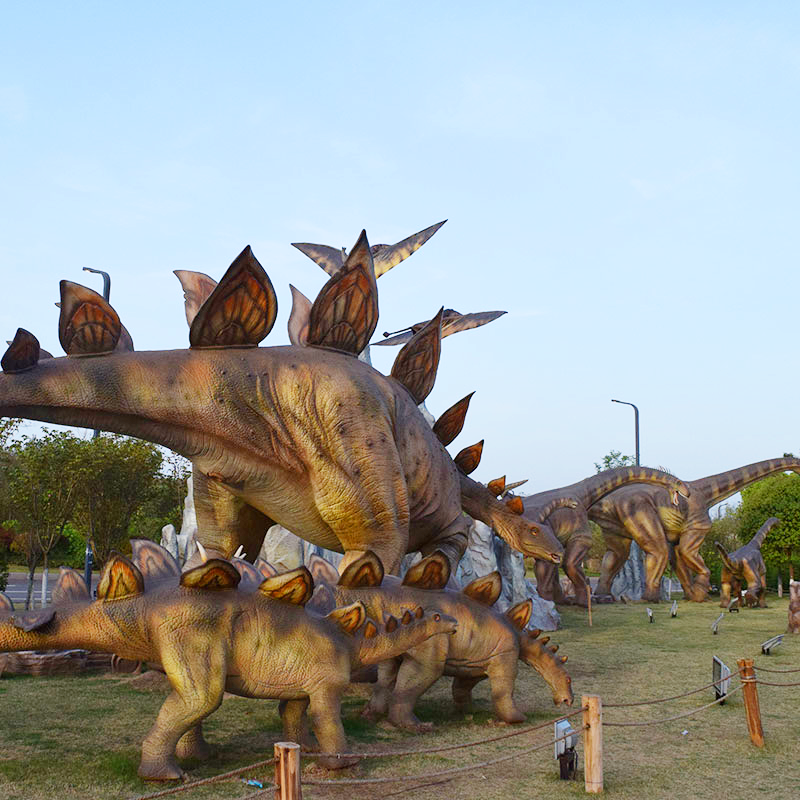
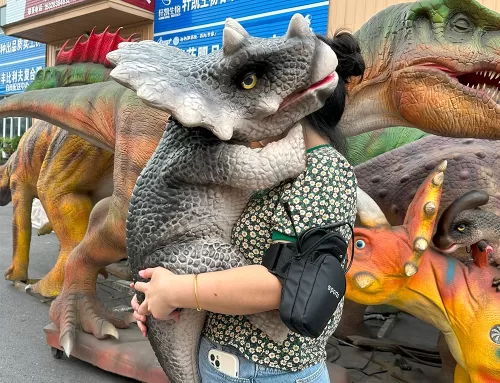

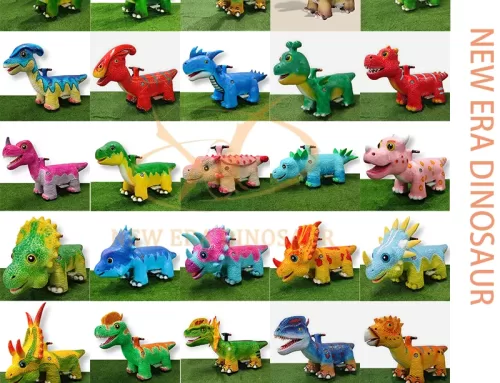
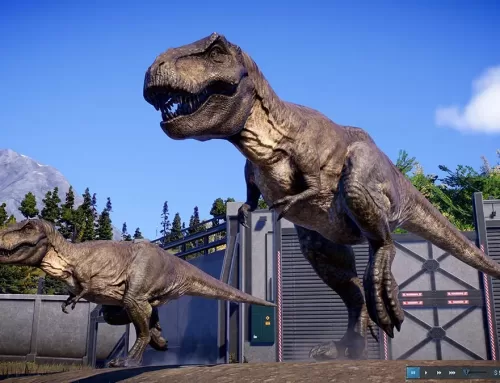






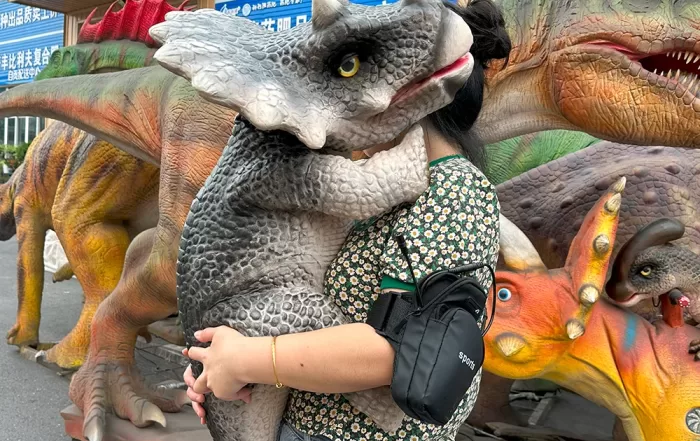
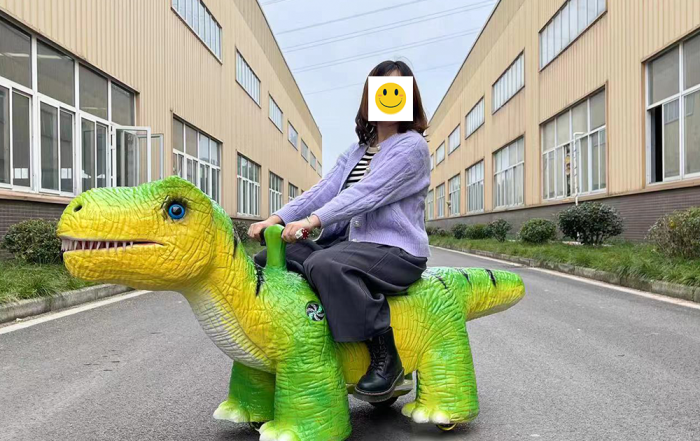
Leave A Comment